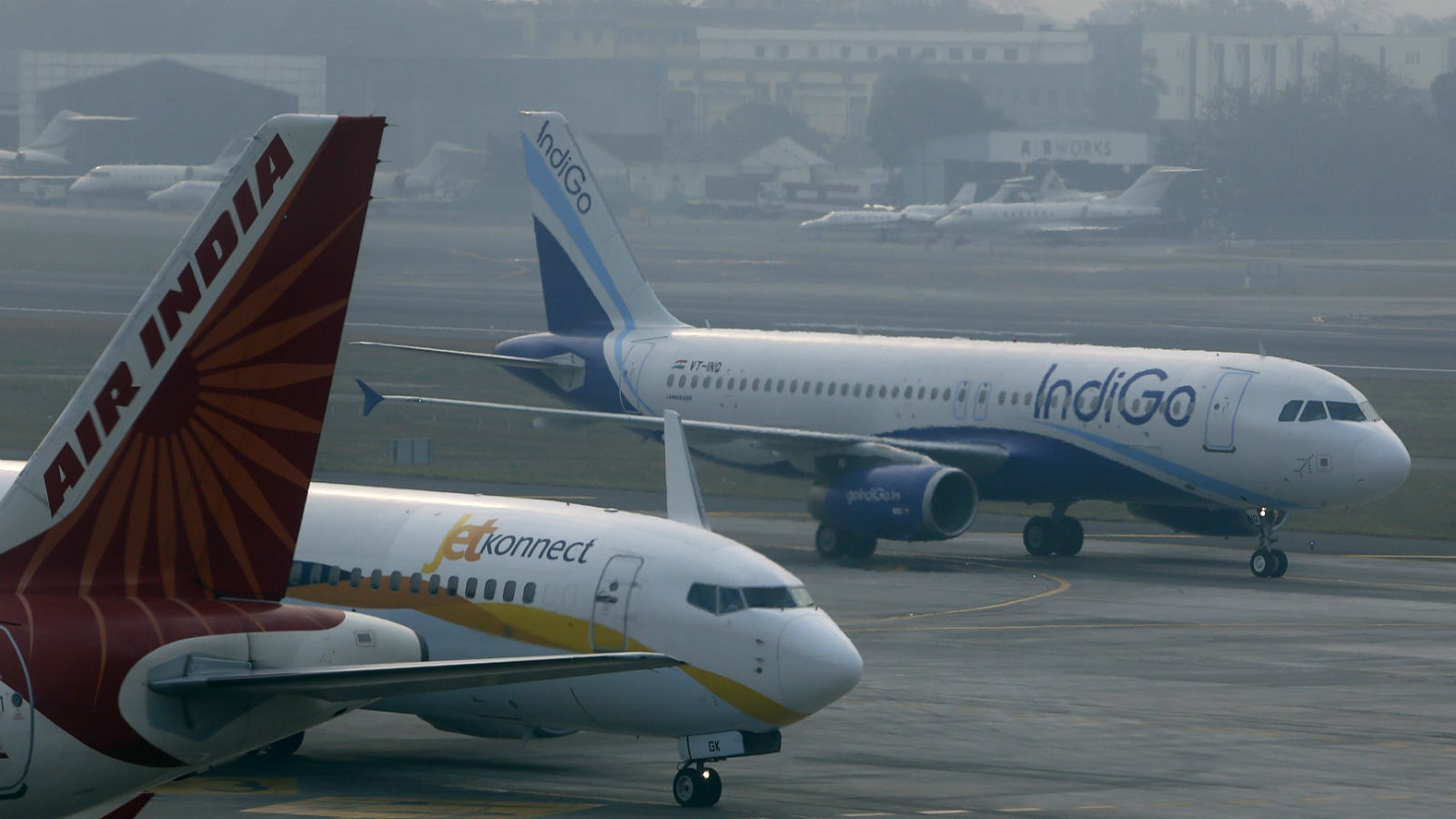A new aviation policy in India could finally unleash the boom everybody’s been waiting for
The Narendra Modi government might throw India’s beleaguered aviation sector a much-needed life jacket.


The Narendra Modi government might throw India’s beleaguered aviation sector a much-needed life jacket.
On Oct. 30, the country’s civil aviation ministry proposed a slew of measures that could lower the cost of flying within Asia’s third largest economy and boost regional connectivity. These proposals are part of the draft National Civil Aviation Policy 2015 (pdf), and will only be finalised once the ministry receives comments from the public and other stakeholders on the proposed amendments.
India wants to become one of the top three countries globally in terms of domestic and international passenger traffic, the draft policy outlined. It is currently the 10th largest aviation market in the world, and saw passenger traffic growth of 20% in the first half of 2015.
But airlines in India have been plagued by heavy losses in recent years, mainly due to high input costs, overcapacity and stiff competition. Huge debt is also a problem. In fact, state-owned Air India has about Rs40,000 crore of debt, Bloomberg reported.
Flying international
The draft has proposed new rules for existing airlines wanting to fly to global destinations.
It proposes to abolish or amend the current 5/20 rule, which stipulates that an airline should have been operational for at least five years with a fleet of 20 aircrafts, to be allowed to fly globally.
While new entrants into the sector have been seeking a change to the proposed 5/20 rule, others including Air India have vehemently opposed the idea.
“In the current context, the 5/20 rule has no standing. If the government wants to catapult Indian aviation onto the world platform, the 5/20 rule must go away in totality. But if it has to get replaced with another guideline then that has to be pro-growth, pro-business and pro-people,” Phee Teik Yeoh, CEO of Vistara, told the Mint newspaper last month.
Meanwhile, some changes to the foreign direct investment (FDI) caps have been proposed. “If the government decides to go in for open skies for countries lying within 5,000 km radius,” FDI in airlines would increase from the current 49% to above 50%.
Cheaper domestic airfare
The ministry has proposed an all-inclusive airfare of a maximum Rs2,500 per passenger—indexed to inflation—for one-hour flights on certain regional routes in the country. It will also revive unused and under-utilised airports. India has a number of “ghost airports,” some of which have been deserted for years.
“The government has proposed to take flying to the masses by making it affordable. For example, if every Indian in middle-class income bracket takes just one flight per annum, it would result in a sale of 300 million tickets, a big jump from the 70 million domestic tickets sold in 2014-15,” the draft said.
Moreover, the government has proposed to set up a regional connectivity fund to help airlines increase their access to remote areas. The government would provide subsidies to airlines to bring down the cost of travel on certain routes. This fund will be created by charging a 2% extra levy on tickets to domestic and international sectors with high traffic volumes.
“Overall, this is a good first step,” Ajay Singh, the chairman and managing director of SpiceJet, told Reuters. “Most of the growth in India is happening in tier 2 and tier 3 towns.”